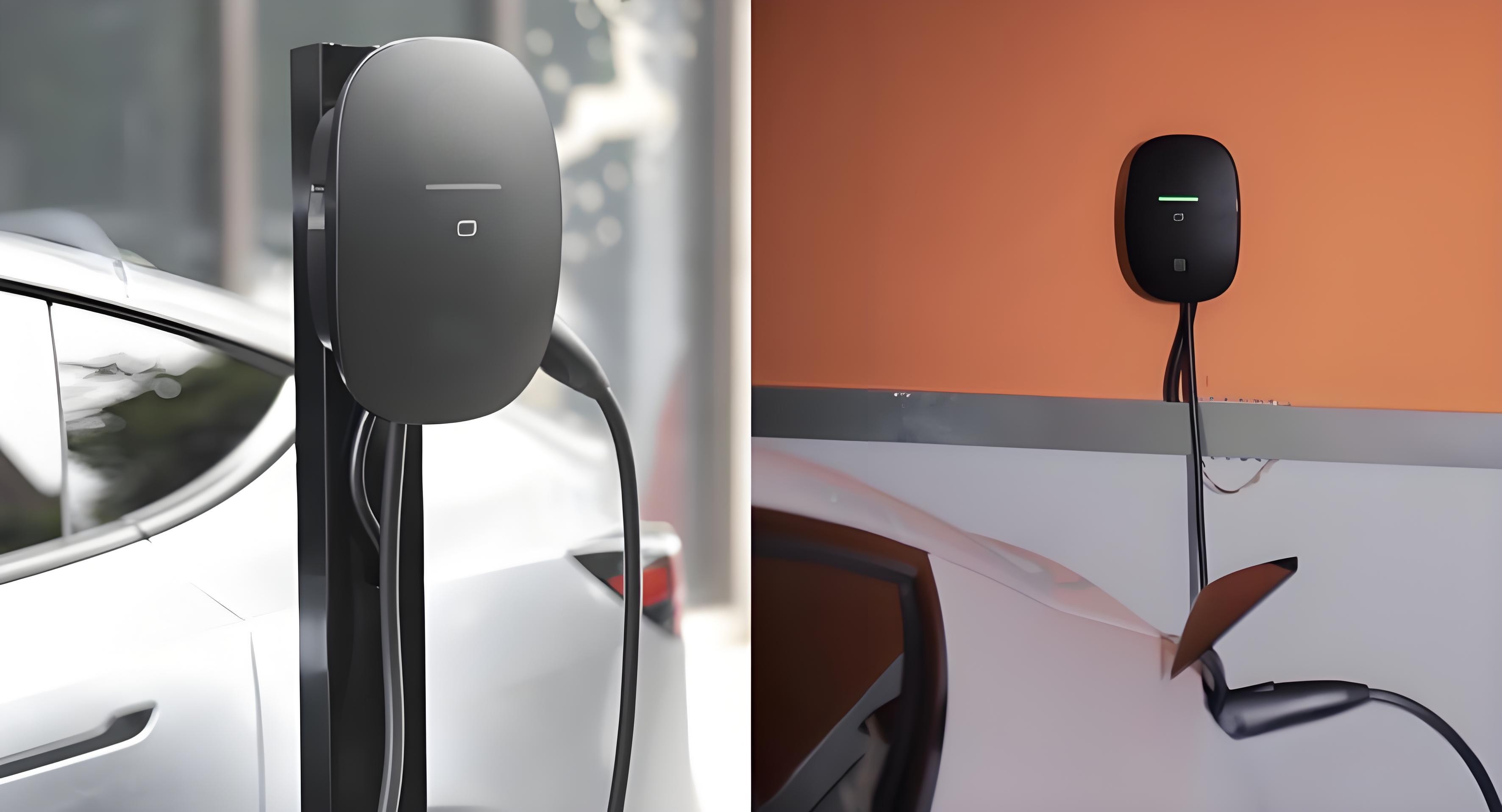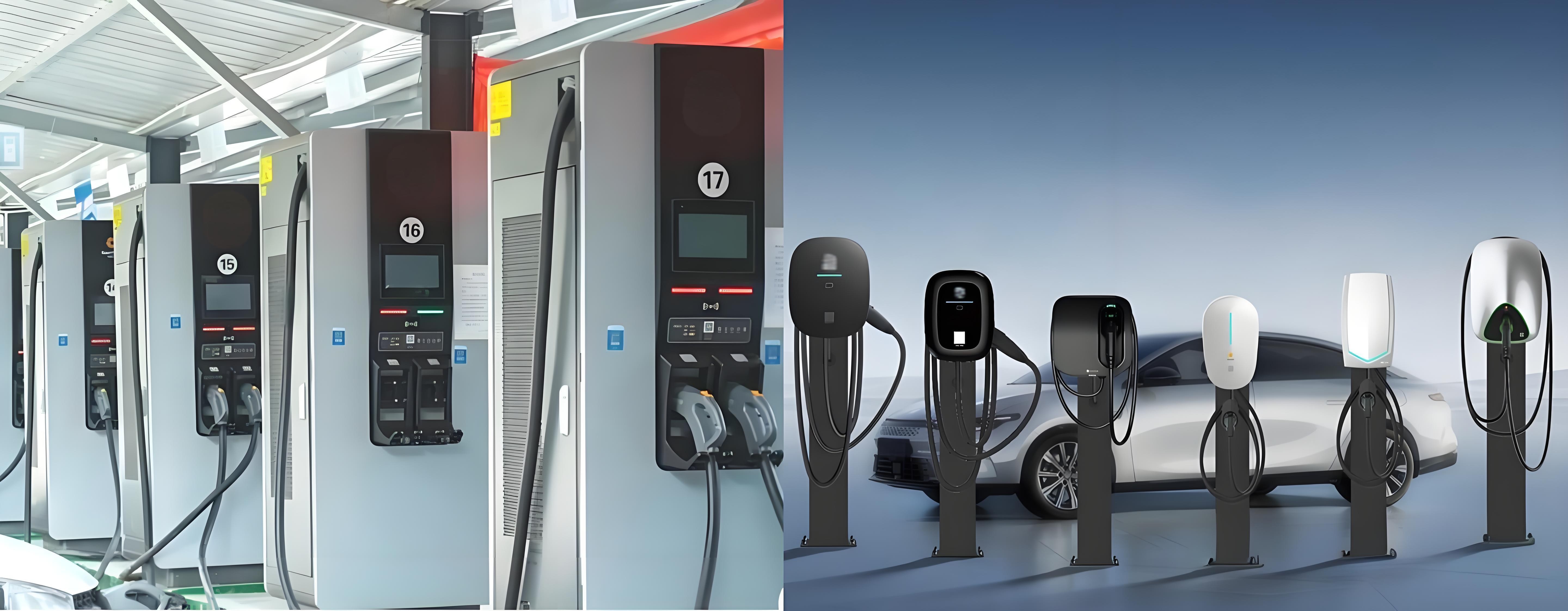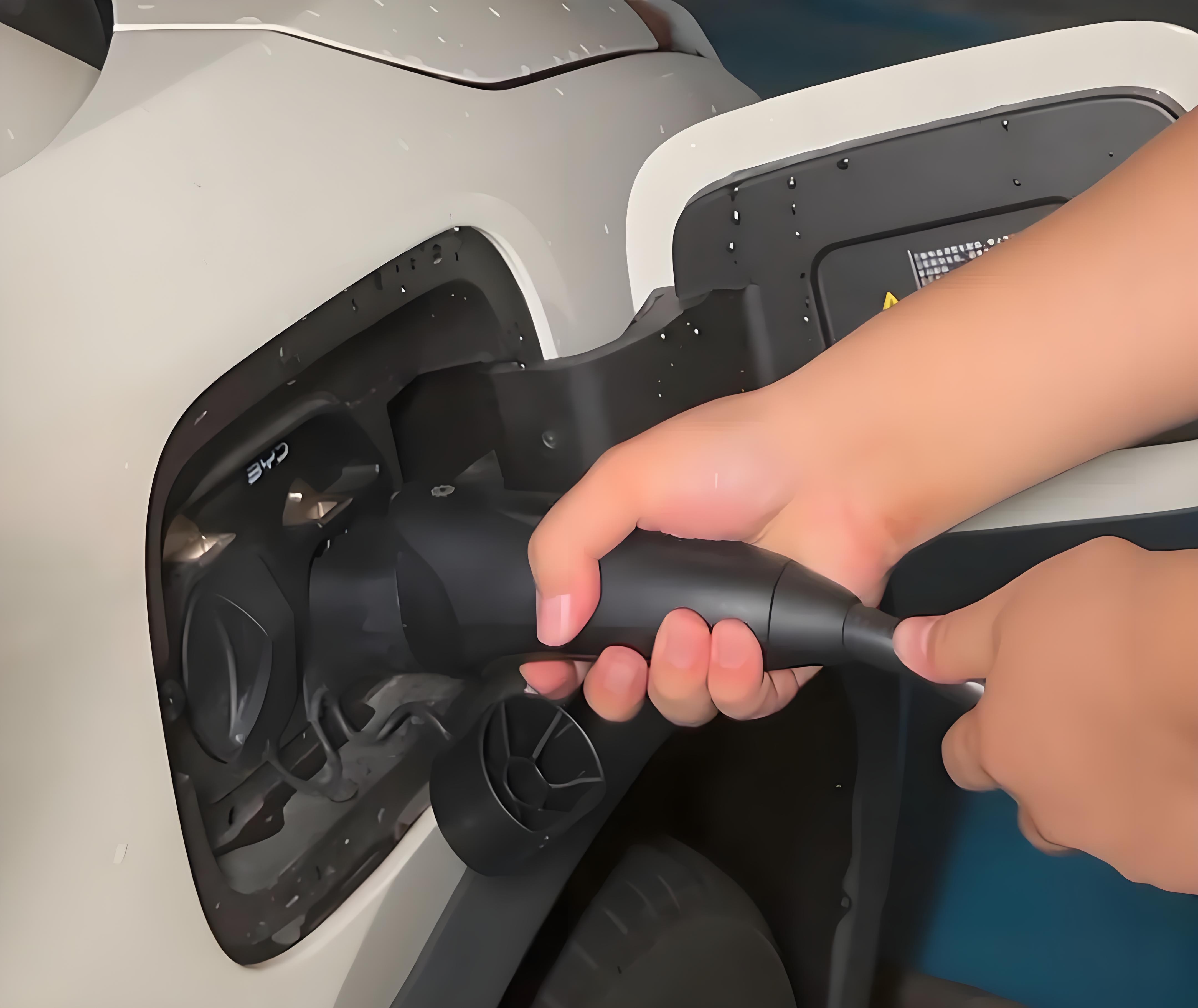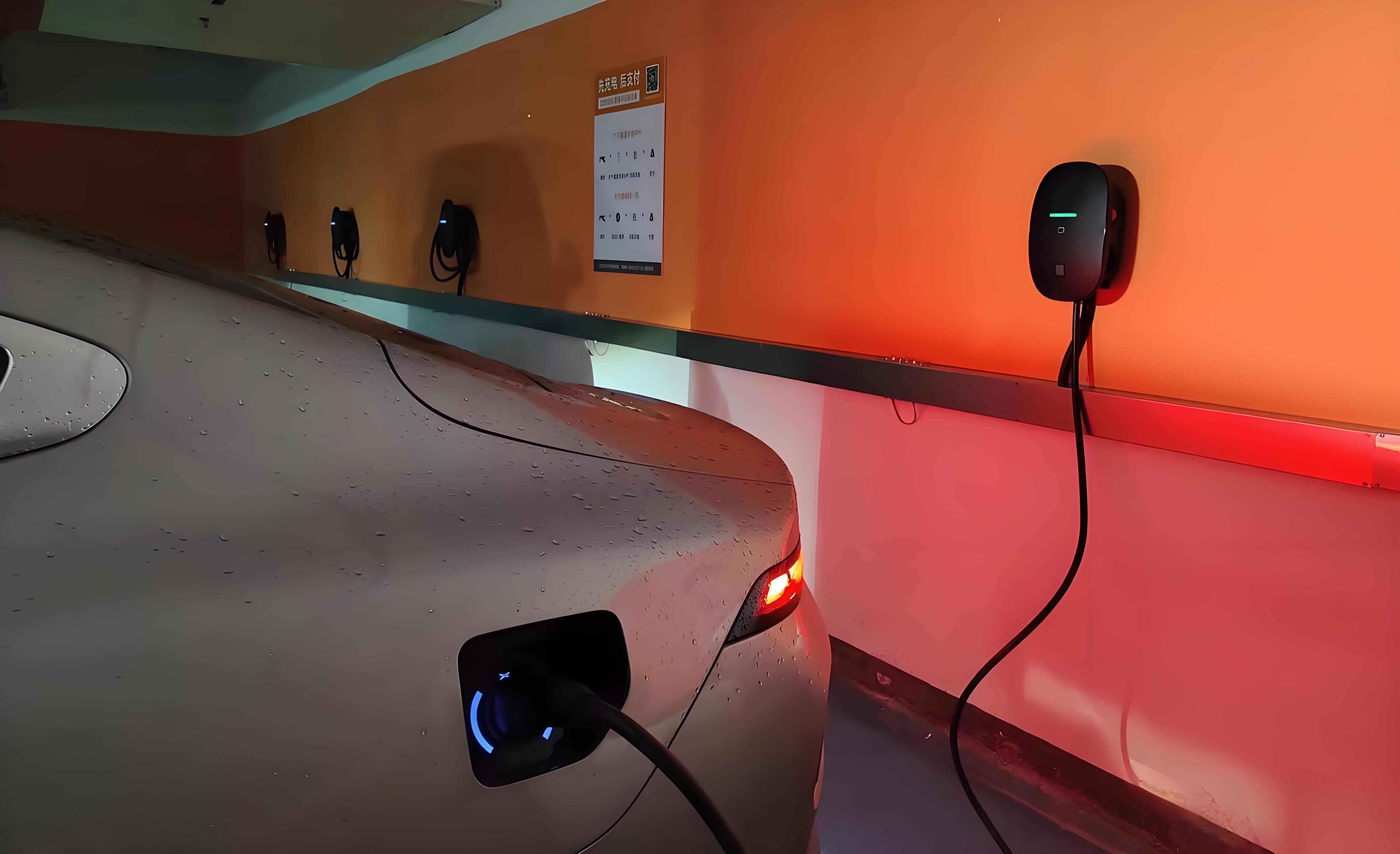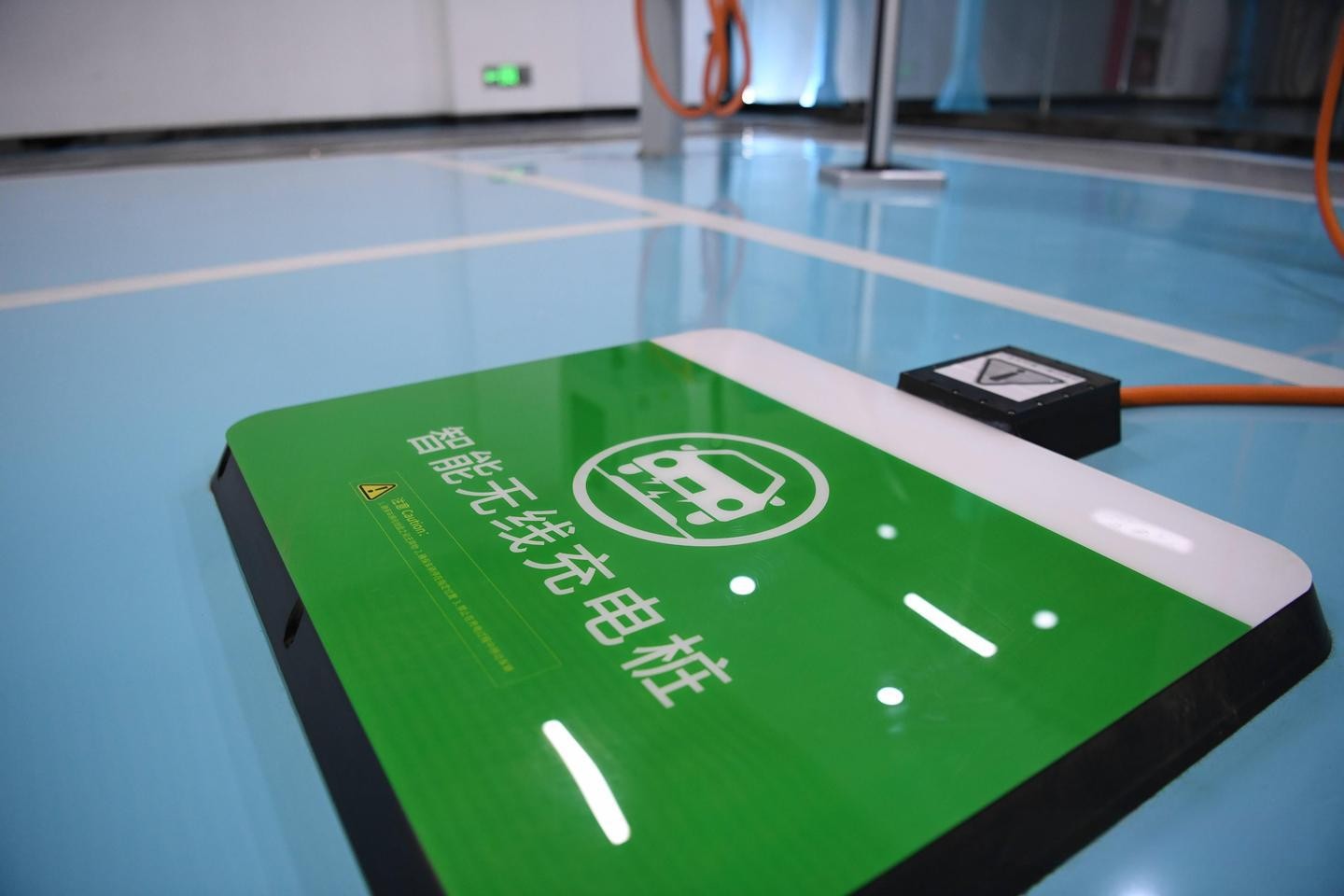1. Classification of charging piles
According to the different power supply methods, it can be divided into AC charging piles and DC charging piles.
AC charging piles are generally small current, small pile body, and flexible installation;
The DC charging pile is generally a large current, a larger charging capacity in a short time, a larger pile body, and a large occupied area (heat dissipation).
According to the different installation methods, it is mainly divided into vertical charging piles and wall-mounted charging piles.
The vertical charging pile does not need to be against the wall, and is suitable for outdoor parking spaces and residential parking spaces; Wall-mounted charging stations, on the other hand, must be fixed by the wall and are suitable for indoor and underground parking spaces.
According to different installation scenarios, it is mainly divided into public charging piles and self-use charging piles.
Public charging stations are charging piles built in public parking lots combined with parking spaces to provide public charging services for social vehicles.
Self-use charging piles are charging piles built in personal parking spaces to provide charging for private users. Electric car chargers are generally combined with the construction of parking spaces in parking lots. The protection level of the charging pile installed outdoors should not be lower than IP54.
According to the different charging interfaces, it is mainly divided into one pile and one charge and one pile of multiple charges.
One pile and one charge means that a ev charger has only one charging interface. At present, the charging piles on the market are mainly one pile and one charge.
One pile of multiple charges, that is, group charges, refers to a charging pile with multiple charging interfaces. In a large parking lot such as a bus parking lot, a group ev charging station is needed to support the charging of multiple electric vehicles simultaneously, which not only speeds up the charging efficiency, but also saves labor costs.
2. the charging method of the charging pile
Slow charging
Slow charging is a more commonly used charging method, for the new energy electric vehicle charging pile, it is connected to the on-board charger, it is mainly to convert low-power alternating current into direct current, that is, AC-DC conversion, the charging power is generally 3kW or 7kW, the reason is that the power battery can only be charged by DC. In addition, the slow charging interface of the new energy electric vehicle charging pile is generally 7 holes.
Fast charging
Fast charging is the way people like to charge, after all, it saves time. DC fast charging is to connect the AC-DC converter to the charging pile of new energy electric vehicles, and the output of the ev charging gun becomes high-power direct current. Moreover, the charging current of the interface is generally very large, the battery cell is much thicker than the slow charge, and the number of holes in the cell is also much more. The fast charging interface of the new energy electric vehicle charging station is generally 9 holes.
Wireless charging
Officially, wireless charging for new energy vehicles refers to a high-power charging method that replenishes energy for high-voltage power batteries. Similar to wireless charging for smartphones, you can charge the battery of your phone by placing it on the wireless charging panel and not connecting the charging cable. At present, the technical methods of wireless charging of electric vehicles are mainly divided into four types: electromagnetic induction, magnetic field resonance, electric field coupling and radio waves. At the same time, due to the small transmission power of electric field coupling and radio waves, electromagnetic induction and magnetic field resonance are mainly used at present.
In addition to the above three charging methods, electric vehicles can also be replenished by battery swapping. However, compared with fast and slow charging, wireless charging and battery swapping technology have not yet been widely used.
Post time: Jul-01-2025

